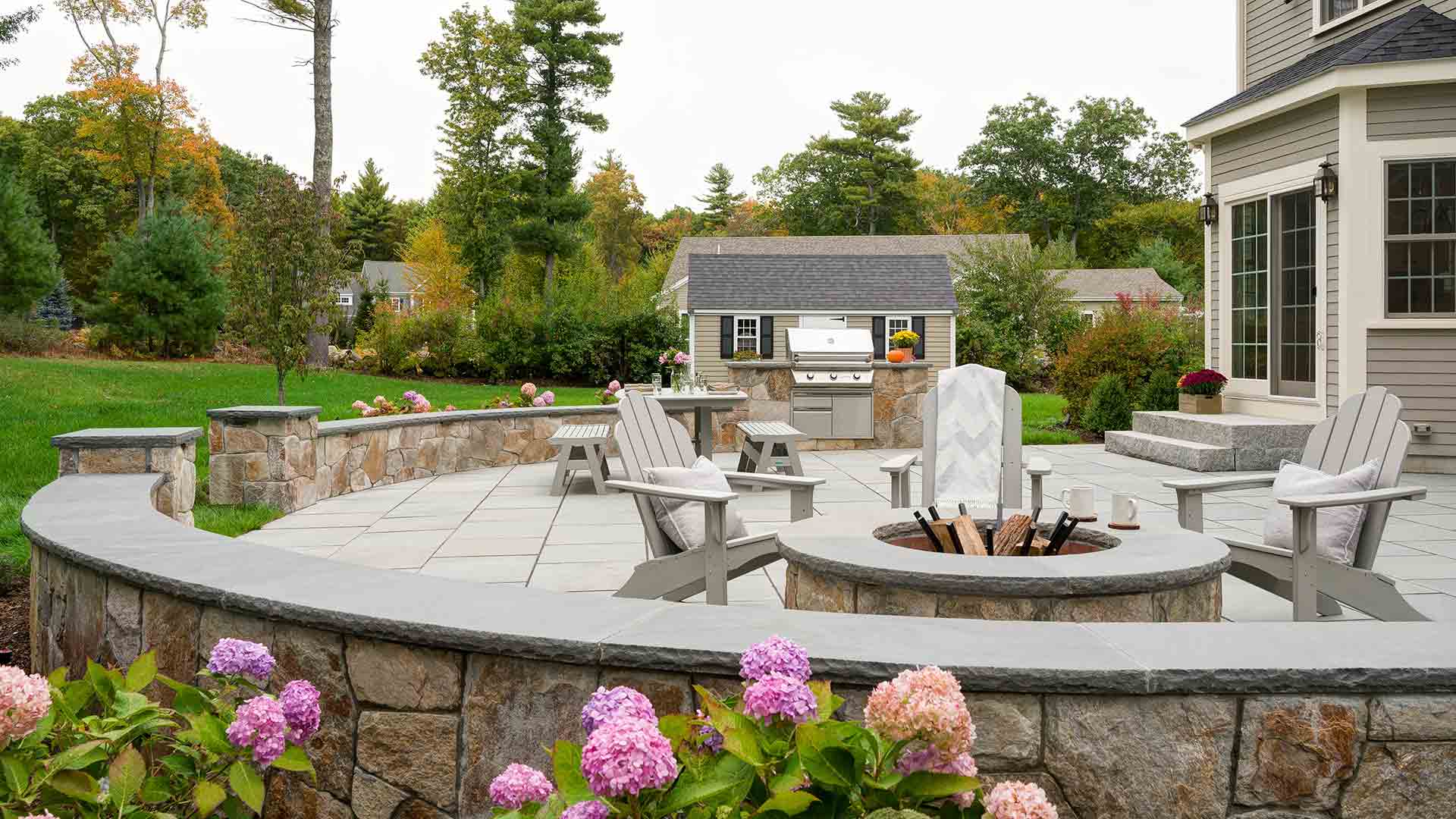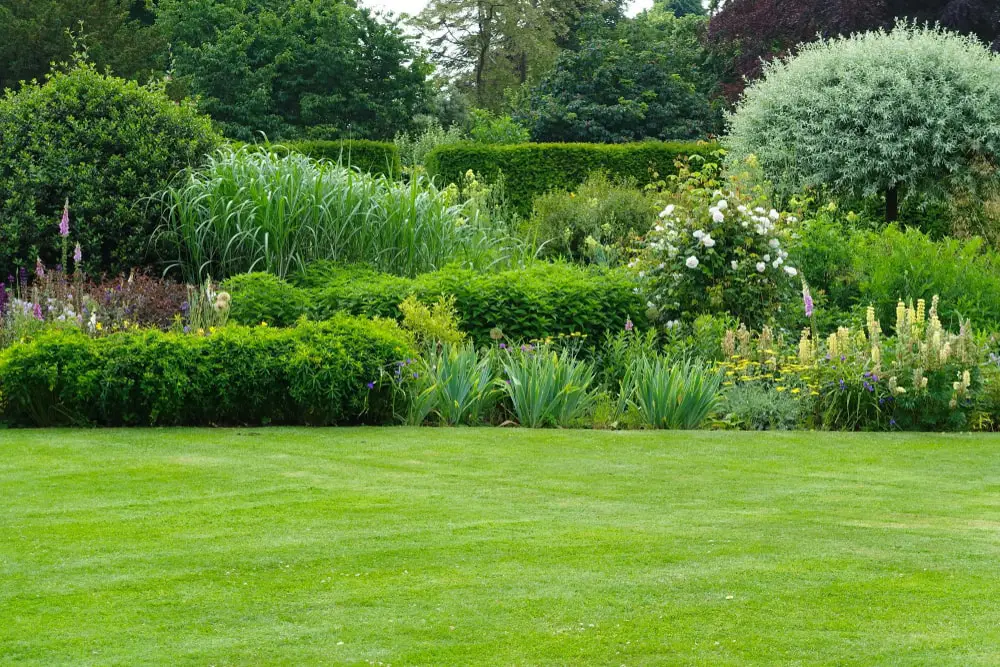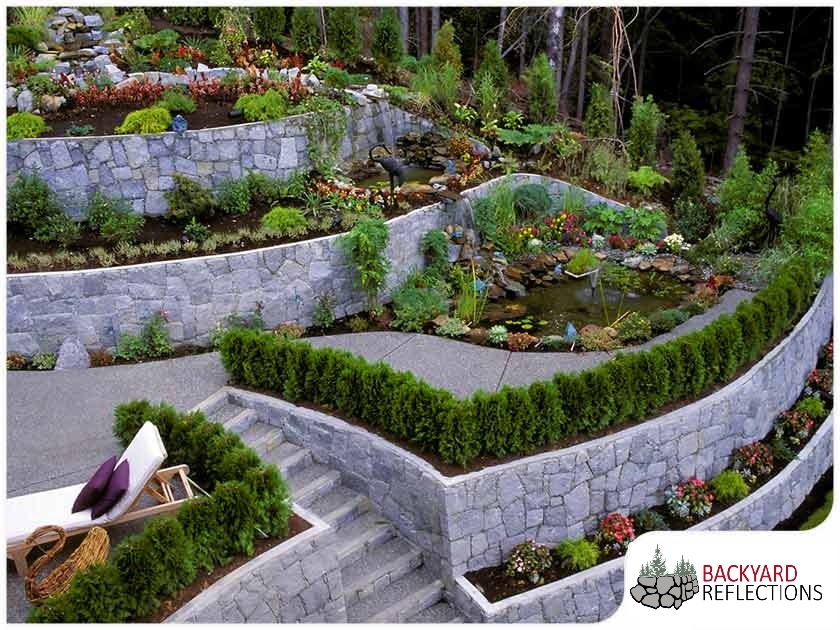The Basic Principles Of Landscape Design
The Basic Principles Of Landscape Design
Blog Article
Facts About Landscape Design Uncovered
Table of ContentsThe smart Trick of Landscape Design That Nobody is DiscussingNot known Incorrect Statements About Landscape Design The Best Guide To Landscape DesignExcitement About Landscape Design
Conventional Japanese gardens are created for peace and peaceful. They are heavily affected by Buddhist, Shinto, and Taoist ideas and look for to provide a spiritual sanctuary for people (Landscape Design). < It is widely known for its native American and Spanish details, which add to the general simplicity, functionality, and low maintenance landscapeA backyard cooking terminal is the most effective option for cooling and grilling. It will conserve power by maintaining the indoor air cooler in the summer season. They are likewise an exceptional method to keep people captivated. Visitors can gather together and chat by the grill while the food is being barbequed or prepared outdoors.

Your outside living area could grow even bigger if a deck is added. It offers room for a grill, plants, and various other products that were previously situated in your lawn.
Little Known Facts About Landscape Design.

The 5 actions of the design process consist of: 1) carrying out a site inventory and evaluation, 2) determining your demands, 3) producing functional representations, 4) creating theoretical layout plans, and 5) drawing a last design strategy. The first three steps establish the aesthetic, useful, and horticultural demands for the style. The last two steps after that apply those demands to the production of the final landscape plan.
This is a critical action for both plant choice and placement and locating family members tasks and features. It is essential because the same environment problems that influence the plantstemperature, moisture, rainfall, wind, and sunlightalso impact you, the individual. The following step is to make a checklist of your needs and desiresthis aids you identify exactly how your yard and landscape will be utilized.
The functional layout is then made use of to locate the task spaces on the site and from this representation a conceptual plan is established. The last step is a final design that consists of all the hardscape and growing information that are required for installment. Throughout the style process there are 10 important things to consider: for plant option and task place by considering what you want and need to aid figure out shapes and organize areas by article source assigning task locations and linking with components for both the environment and the user by making use of massing and layering techniques such as shift locations and blog focal points in the materials, the shades, and the surface appearances for the development and upkeep of plants by utilizing sustainable design methods A comprehensive stock and analysis of the website is essential to figure out the ecological conditions for plant development and the very best usage of the website.
Landscape Design Fundamentals Explained
It is always best to make use of plants that will flourish in the existing dirt. Where plants expand well, note the dirt problems and make use of plants with similar growing needs.
Topography and water drainage ought to likewise be noted and all drainage problems dealt with in the recommended layout. An excellent style will move water far from the home and re-route it to various other locations of the backyard. Climate problems start with temperature level: plants must be able to make it through the average high and, most notably, the typical low temperature levels for the region.
Sun/shade patterns, the amount and length of exposure to sun or shade (Figure 1), develop microclimates (in some cases called microhabitats). Recording site conditions and existing vegetation on a base map will certainly expose the location of microclimates in the yard. Plants usually fall under one or two of four microclimate categories-full sunlight, partial shade, shade, and deep color.
Utilities such as power lines, septic tanks, underground energies and roofing overhangs figure out plant location. Utilize a surveyor's plat of your residential property for the boundaries and location of your home.
The smart Trick of Landscape Design That Nobody is Discussing
Establish the time and cash you are ready to put into maintaining the plants and hardscape-be realistic concerning your intents and capability. Proposed usage locations. Credit Rating: Gail Hansen, UF/IFAS There are many different landscape design styles- from straightforward to complex, yet it is handy to select one to direct your plant and material sites selection.
Several people discover it helpful to search in horticulture magazines and publications for ideas. This is a great beginning, but be conscious that the yards in the pictures were selected because they are superior examples. Check out the photos with a crucial eye to gather ideas that you can adjust to your passion level, your budget and your site.

Report this page